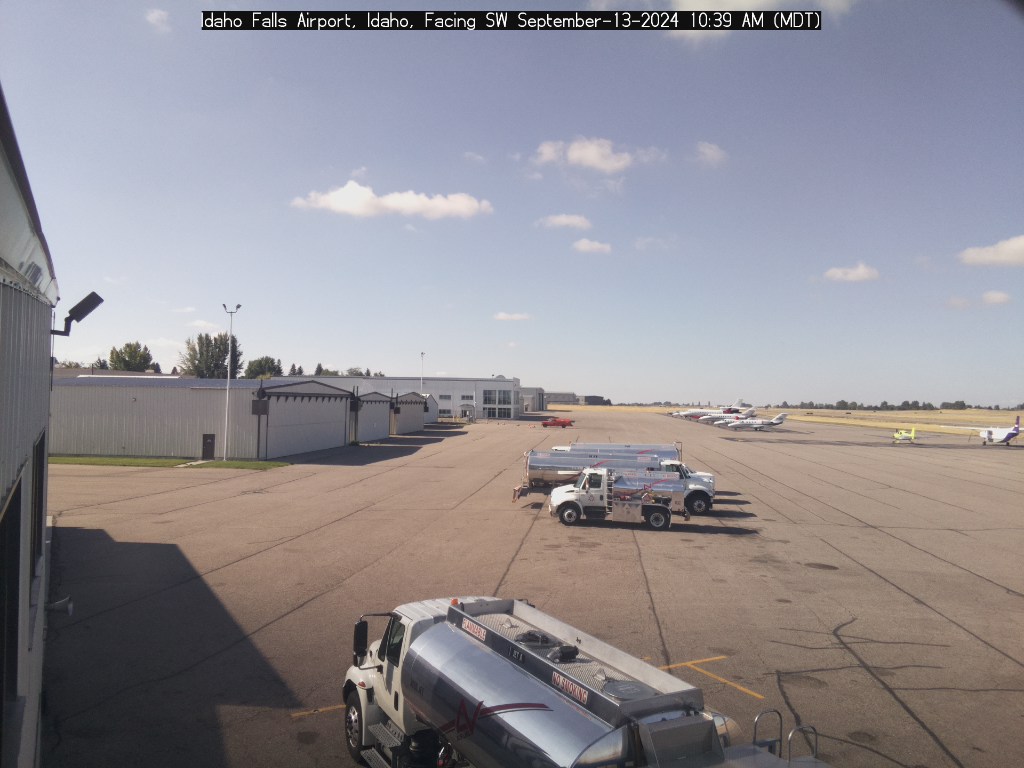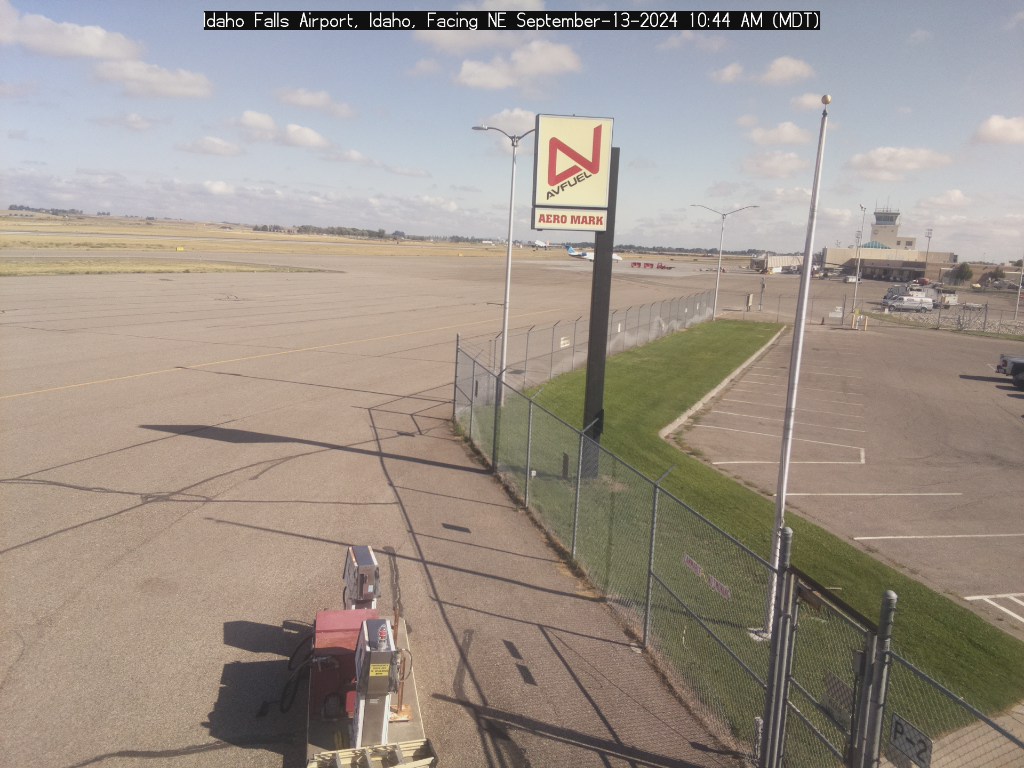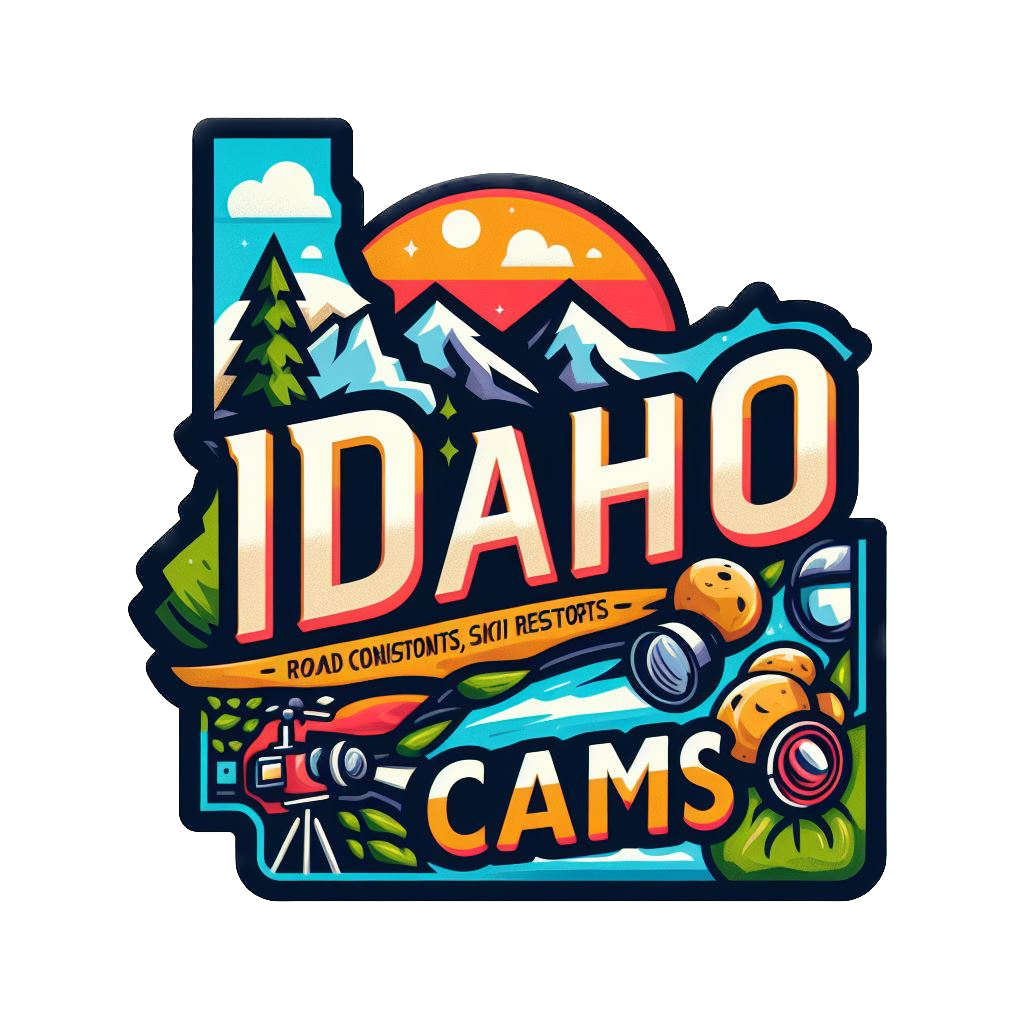Idaho Falls, ID Weather Cams
Idaho Falls Airport Cam 1

Idaho Falls Airport Cam 2

Idaho Falls, Idaho: From Early Settlement to Thriving Community
Idaho Falls, ID Weather Cams. Nestled along the banks of the Snake River, Idaho Falls, Idaho, is a city with a rich history of resilience, innovation, and community spirit. This narrative traces the journey of Idaho Falls from its early days as a rugged settlement to its current status as a vibrant city known for its scenic beauty, economic vitality, and welcoming atmosphere.
Early Native American Presence
Long before European settlers arrived, the area that would become Idaho Falls was inhabited by Native American tribes, including the Shoshone-Bannock. These tribes thrived along the Snake River, relying on its abundant resources for fishing, hunting, and gathering. The river played a central role in their way of life, providing sustenance and a means of transportation.
European Exploration and Fur Trade
The first Europeans to explore the region were fur trappers and traders in the early 19th century. These adventurers were drawn by the rich fur-bearing animal populations and the promise of lucrative trade. The Snake River served as a key route for these early expeditions, and trading posts began to emerge, fostering interactions between Native Americans and European traders.
The Arrival of Settlers and the Founding of Eagle Rock
The mid-19th century brought an influx of settlers to the area, spurred by the promise of fertile land and economic opportunity. In 1864, Harry Ricketts established a ferry across the Snake River, facilitating travel and trade. This ferry became a crucial crossing point for pioneers heading west along the Oregon Trail.
The settlement that grew around this ferry was initially known as Eagle Rock, named after a large basalt rock formation in the river that resembled an eagle. Eagle Rock’s location at a natural ford made it a strategic point for settlers, and the community began to grow.
The Impact of the Railroad
The arrival of the railroad in the late 19th century transformed Eagle Rock into a bustling transportation hub. In 1879, the Utah and Northern Railway extended its line to the settlement, bringing an influx of people and goods. The railroad facilitated the movement of agricultural products, timber, and other resources, driving economic growth and development.
The construction of a bridge across the Snake River in 1882 further solidified the town’s importance as a transportation center. With improved access to markets and increased connectivity, Eagle Rock began to attract more settlers and businesses.
The Birth of Idaho Falls
In 1891, Eagle Rock underwent a significant transformation with the construction of the Great Western Canal, an irrigation project that aimed to bring water to the arid surrounding lands. This project marked the beginning of a new era for the community, as it enabled large-scale agriculture and spurred further growth.
Recognizing the need for a name that reflected the area’s natural beauty and potential, the town was renamed Idaho Falls in 1891. The name change was inspired by the picturesque rapids and falls of the Snake River, which had become a defining feature of the town.
Agricultural Expansion and Economic Development
The early 20th century saw Idaho Falls emerge as a center for agriculture and commerce. The fertile lands made possible by irrigation projects allowed for the cultivation of potatoes, sugar beets, grains, and other crops. The establishment of the Idaho Falls Sugar Company in 1903 further boosted the local economy, providing jobs and contributing to the region’s prosperity.
In addition to agriculture, Idaho Falls became a hub for livestock production and dairy farming. The city’s strategic location and transportation infrastructure facilitated the export of agricultural products, establishing Idaho Falls as a key player in Idaho’s agricultural industry.
World War II and the Atomic Age
World War II brought significant changes to Idaho Falls, as it did to many American communities. The war effort led to the establishment of the Idaho National Laboratory (INL) in 1949, a major research facility focused on nuclear energy and technology. Located west of Idaho Falls, the INL became a cornerstone of the local economy, attracting scientists, engineers, and technicians to the area.
The presence of the INL spurred technological innovation and economic diversification, positioning Idaho Falls as a center for scientific research and development. The laboratory’s work on nuclear reactors and energy systems had far-reaching implications, contributing to the advancement of nuclear technology and providing a stable source of employment for the community.
Modern Growth and Development
In the latter half of the 20th century and into the 21st century, Idaho Falls continued to grow and evolve. The city’s population expanded, and new residential, commercial, and industrial developments emerged. The construction of the Idaho Falls Regional Airport and improvements to transportation infrastructure further enhanced the city’s connectivity and economic prospects.
Today, Idaho Falls is known for its vibrant arts and culture scene, with numerous galleries, theaters, and cultural events enriching the community. The city’s parks, green spaces, and recreational opportunities, including the beloved Snake River Greenbelt, offer residents and visitors a high quality of life.
Community and Education
Education has always been a priority in Idaho Falls, with a strong public school system and higher education institutions such as the College of Eastern Idaho. The city’s commitment to education is evident in its investment in schools, libraries, and community programs that support lifelong learning and personal development.
Looking to the Future
As Idaho Falls looks to the future, it remains dedicated to preserving its rich history while embracing growth and innovation. The city continues to invest in infrastructure, sustainable development, and community initiatives to support its residents and attract new opportunities.
With its scenic beauty, strong sense of community, and diverse economy, Idaho Falls stands as a testament to the pioneering spirit and resilience that have defined its history. From its early days as Eagle Rock to its current status as a thriving city, Idaho Falls continues to be a place where people come together to build a better future.
For more historical insights, explore the Idaho State Museum
